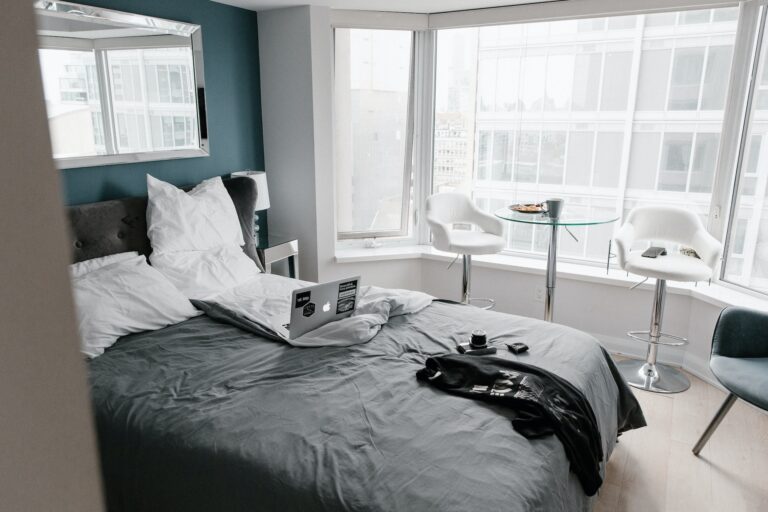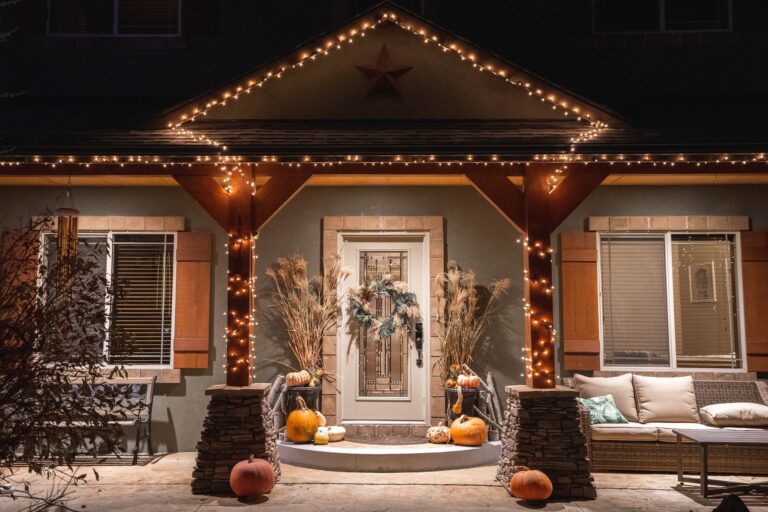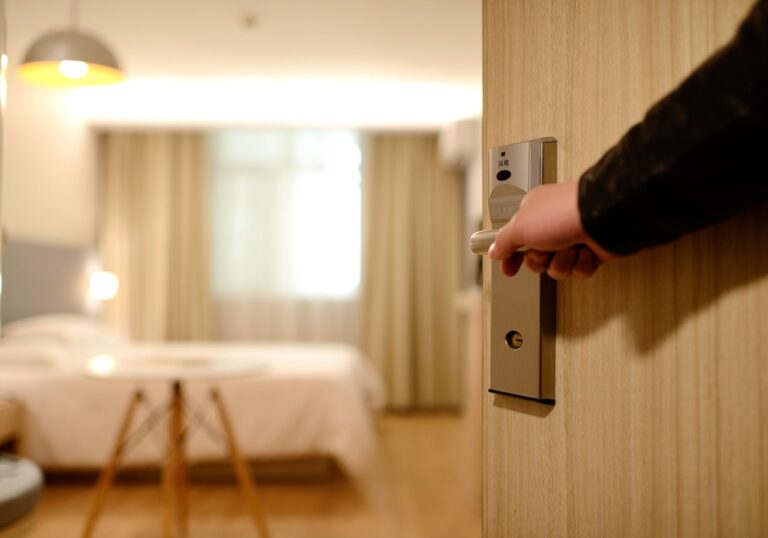Setting Minimum Stays and Adjusting Rates Accordingly
Are you considering turning your property into an Airbnb for profit? If so, one important aspect to consider is setting minimum stays and adjusting rates accordingly. This strategy can help you maximize your rental income and ensure a smooth and profitable experience. Here, we will delve into why setting minimum stays is beneficial and how you can adjust rates to attract the right guests.
Advantages of Setting Minimum Stays
Setting minimum stays can provide several advantages for Airbnb hosts. Firstly, it allows you to manage your bookings more efficiently. By implementing a minimum stay requirement, you can reduce the number of one-night stays and avoid the hassle of constant turnover.
Moreover, setting minimum stays can help you attract guests who are more likely to appreciate and take care of your property. Short-term rentals often attract guests who are looking for a quick stopover or a place to crash for a night. By requiring a minimum stay, you can filter out these guests and attract those who are seeking a longer, more comfortable stay.
Disadvantages of Setting Minimum Stays
One major drawback is the potential loss of bookings due to restricted flexibility. For example, if a host sets a minimum stay of three nights, potential guests who are only looking for a one or two-night stay may look elsewhere for accommodation. This loss of potential bookings can directly impact revenue generation. Additionally, setting minimum stays can limit the number of guests a host can accommodate within a given period, which can result in missed opportunities to earn additional income.
Now that we understand the benefits and drawbacks of setting minimum stays, let’s explore how you can adjust your rates accordingly. The key is to strike a balance between attracting guests and maximizing your rental income. Here are a few strategies you can implement:

1. Weekend vs. Weekday Rates
To maximize revenue as an Airbnb host, it is essential to set weekday and weekend rates strategically. By offering different rates for weekdays and weekends, hosts can attract both business travelers and weekend vacationers, thereby increasing occupancy rates and overall revenue.
For instance, hosts can set higher rates for weekends when demand is high, targeting leisure travelers who are willing to pay a premium for a short getaway. On the other hand, lower rates can be offered for weekdays to entice business travelers who may require longer stays.
2. Seasonal Rates
Setting seasonal rates for Airbnb hosts can be a strategic approach to maximize revenue. One effective method is to set minimum stays during peak seasons or high-demand periods. For instance, during the summer when tourists flock to beach destinations, hosts can require a minimum stay of three nights or more. By doing so, hosts can attract guests who are willing to pay a higher rate for a longer stay.
Adjusting rates accordingly is another crucial aspect. For example, hosts can increase rates during holidays or major events happening in the area. By considering local events and demand, hosts can capitalize on the increased demand and adjust rates to optimize their earnings.
3. Special Occasions
By implementing minimum stay restrictions, hosts can ensure that their property is occupied for a desirable duration during popular occasions such as Valentine’s or New Year’s. For example, setting a minimum stay of two nights for Valentine’s Day can attract couples looking for a romantic getaway, while a minimum stay of three nights during New Year’s Eve can cater to those seeking to celebrate the occasion.
Additionally, hosts can adjust rates based on the demand and popularity of these special occasions. For instance, increasing rates by 20% during Valentine’s Day can help capitalize on the higher demand and willingness of guests to pay more for a memorable experience.

4. Length of Stay Discounts
In order to maximize revenue as an Airbnb host, setting length of stay discounts can be an effective strategy. By offering discounted rates for guests who book for longer periods, hosts can attract guests who are looking for extended stays and increase their occupancy rates.
For example, hosts can offer a 10% discount for bookings of 7 nights or more, or a 20% discount for bookings of 14 nights or more. These discounts incentivize guests to book for a longer duration, ultimately benefiting hosts by filling up their calendars and generating more income.
5. Dynamic Pricing
Consider implementing dynamic pricing strategies to adjust your rates based on factors such as demand, local events, and competitor rates. With the help of data-driven tools and algorithms, you can optimize your pricing to maximize revenue and occupancy rates.
Remember, it’s essential to stay informed about your local market and keep an eye on your competition. By understanding the demand and supply dynamics in your area, you can adjust your rates to stay competitive while still ensuring profitability.
The Bottom Line
In conclusion, setting minimum stays and adjusting rates accordingly can be a game-changer for your Airbnb business. It allows you to manage your bookings more efficiently, attract guests who appreciate longer stays, and optimize your rental income. By implementing strategies such as length of stay discounts and dynamic pricing, you can strike the perfect balance between attracting guests and maximizing your profits. So, if you’re looking to turn your property into an Airbnb for profit, don’t overlook the power of setting minimum stays and adjusting rates – it can make all the difference in your success as a host.







